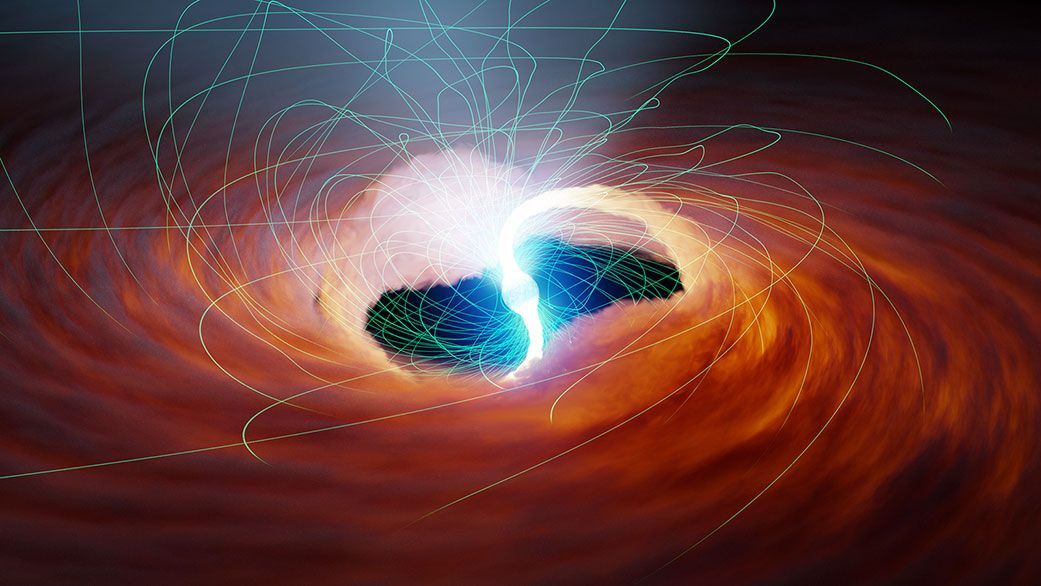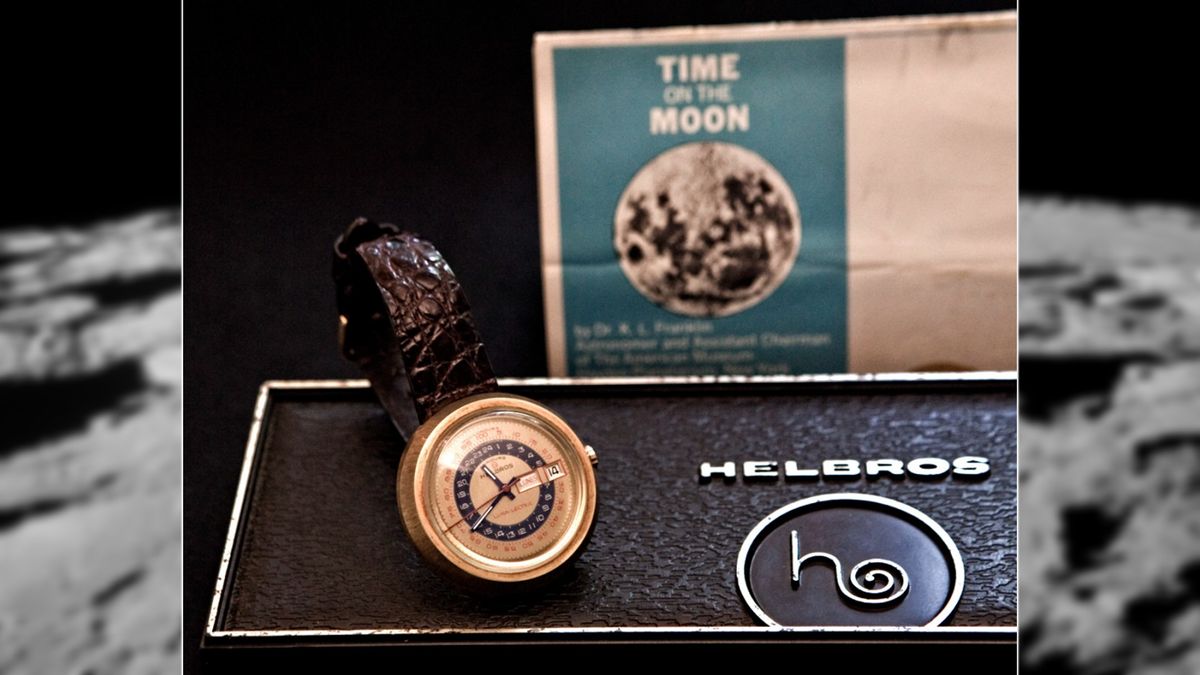One factor in outer home is breaking the laws — the authorized tips of physics, that is.
Astronomers title these lawbreakers ultraluminous X-ray sources (ULXs), and they also exude about 10 million cases additional energy than the sun . This amount of energy breaks a bodily laws generally called the Eddington limit, which determines how shiny one factor of a given measurement will probably be. If one factor breaks the Eddington limit, scientists rely on it to blow itself up into gadgets. Nonetheless, ULXs “generally exceed this limit by 100 to 500 cases, leaving scientists puzzled,” in line with a NASA statement (opens in new tab) .
New observations printed in The Astrophysical Journal (opens in new tab) from NASA’s Nuclear Spectroscopic Telescope Array (NuSTAR), which sees the universe in high-energy X-rays , confirmed that one particular ULX, known as M82 X-2, is definitely too shiny. Prior theories really useful that the acute brightness might probably be some type of optical illusion, nevertheless this new work reveals that isn’t the case — this ULX is unquestionably defying the Eddington limit someway.
Related: New map of the universe unveils a stunning X-ray view of the cosmos
Astronomers used to think about ULXs might probably be black holes , nevertheless M82 X-2 is an object generally called a neutron star . Neutron stars are the leftover, lifeless cores of stars similar to the photo voltaic. A neutron star is so dense that the gravity on its flooring is about 100 trillion cases stronger than that of Earth. This intense gravity implies that any supplies pulled onto the lifeless star’s flooring might have an explosive affect.
“A marshmallow dropped on the ground of a neutron star would hit it with the ability of a thousand hydrogen bombs,” in line with NASA (opens in new tab) .
The model new analysis found that M82 X-2 consumes spherical 1.5 Earths’ worth of cloth yearly, siphoning it off of a neighboring star. When this amount of matter hits the neutron star’s flooring, it’s ample to produce the off-the-charts brightness the astronomers observed.
The evaluation crew thinks that’s proof that one factor needs to be occurring with M82 X-2 that lets it bend the ideas and break the Eddington limit. Their current thought is that the extraordinary magnetic field of the neutron star changes the type of its atoms, allowing the star to remain collectively even as a result of it is going to get brighter and brighter.
“These observations permit us to see the implications of these extraordinarily sturdy magnetic fields that we’d in no way reproduce on Earth with current know-how,” lead analysis creator Matteo Bachetti (opens in new tab) , an astrophysicist on the Cagliari Astronomical Observatory in Italy, talked about throughout the assertion. “That’s the beauty of astronomy … we will not really organize experiments to get quick options; now now we have to attend for the universe to point us its secrets and techniques and strategies.”


